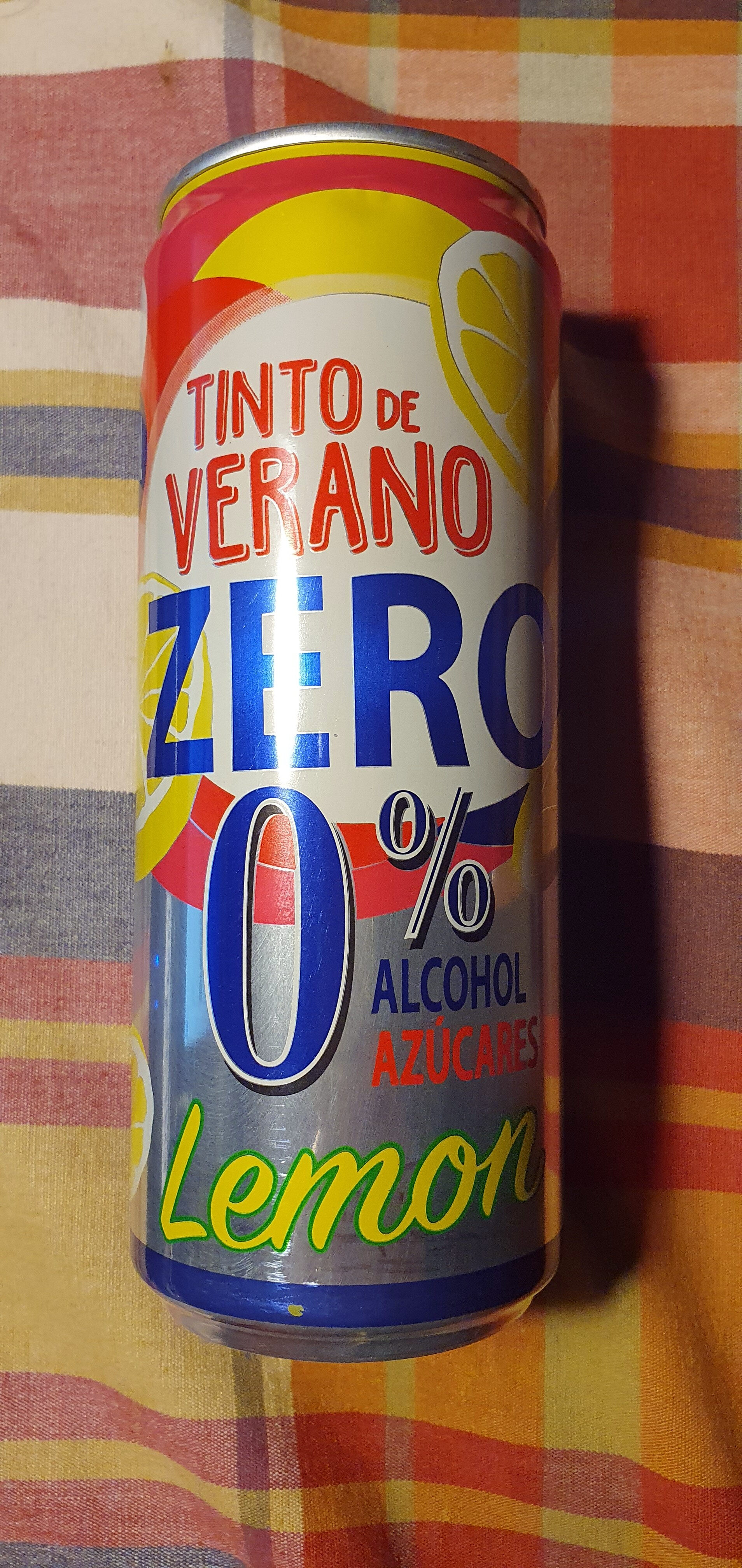Tinto de verano 0% sabor lemon - Casón histórico - 330 ml
This product page is not complete. You can help to complete it by editing it and adding more data from the photos we have, or by taking more photos using the app for Android or iPhone/iPad. Thank you!
×
Barra-kodea: 8480000667410 (EAN / EAN-13)
Izen arrunta: Bebida refrescante aromatizada, con edulcorantes, sin alcohol ni azúcares
Kopurua: 330 ml
Ontziratzea:
en:Green dot
Markak: Casón histórico
Kategoriak: en:Beverages, en:Artificially sweetened beverages, en:Non-alcoholic beverages
Etiketak, ziurtagiriak, sariak:
en:Low or no sugar, en:Green Dot, en:No alcohol, No sugar, en:With sweeteners
Dendak: Mercadona
Saltzen diren herrialdeak: Espainia
Matching with your preferences
Ingurumena
Ontziratzea
Transportation
Report a problem
Datuen iturria
Product added on by kiliweb
Last edit of product page on by alia.
Produktuaren orria -gatik editatua elcoco, hungergames, musarana, openfoodfacts-contributors, tacite-mass-editor, teolemon, thaialagata, yuka.NZ1nDsSGAMAvJMvcwYME3De6Gua4UttAI3knog, yuka.SGFrclM3d2ptK1FEbGZjNTNUalNwdk55bDVINVdXS2xKTFlWSVE9PQ.









